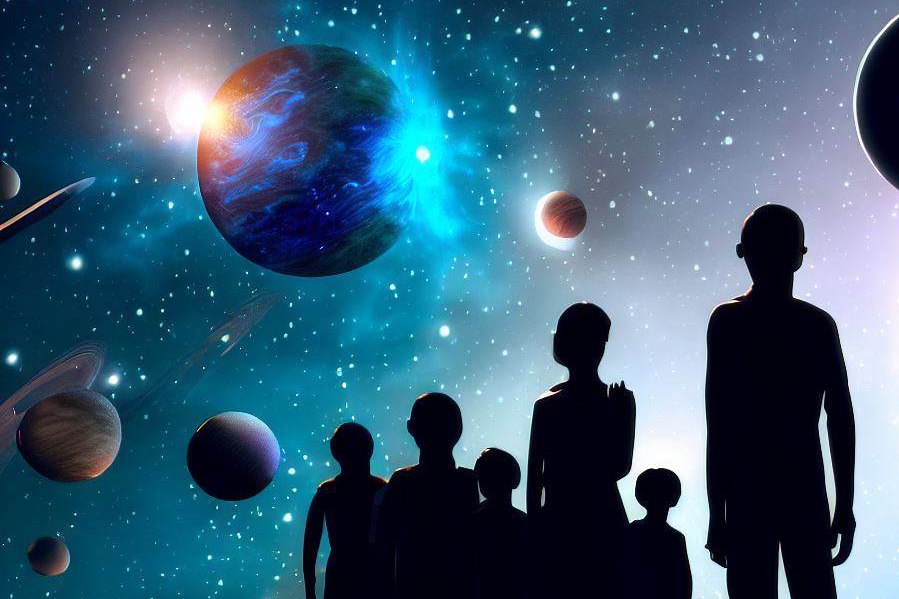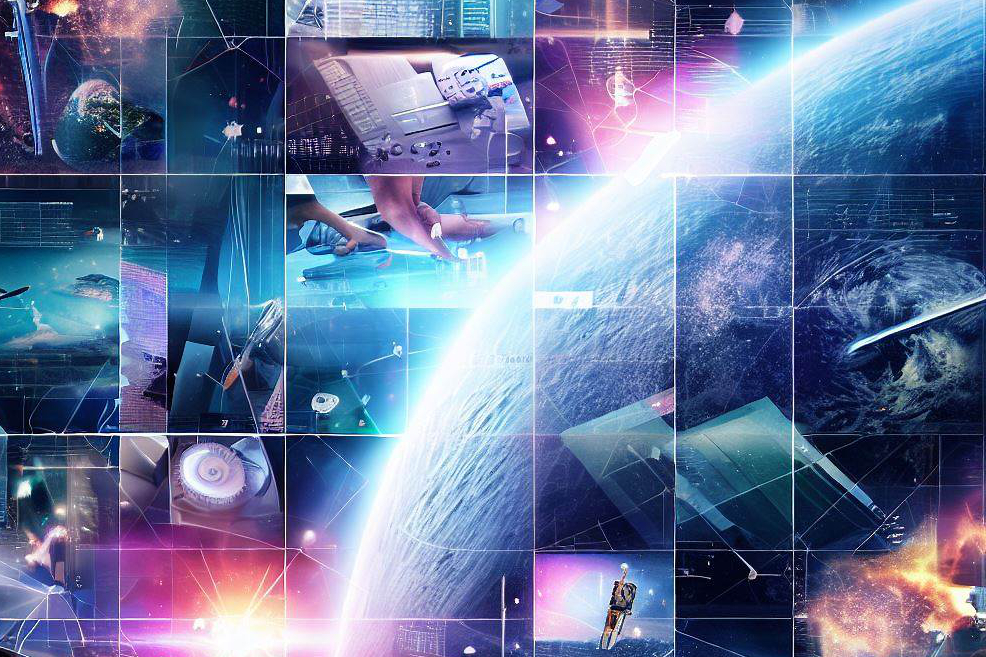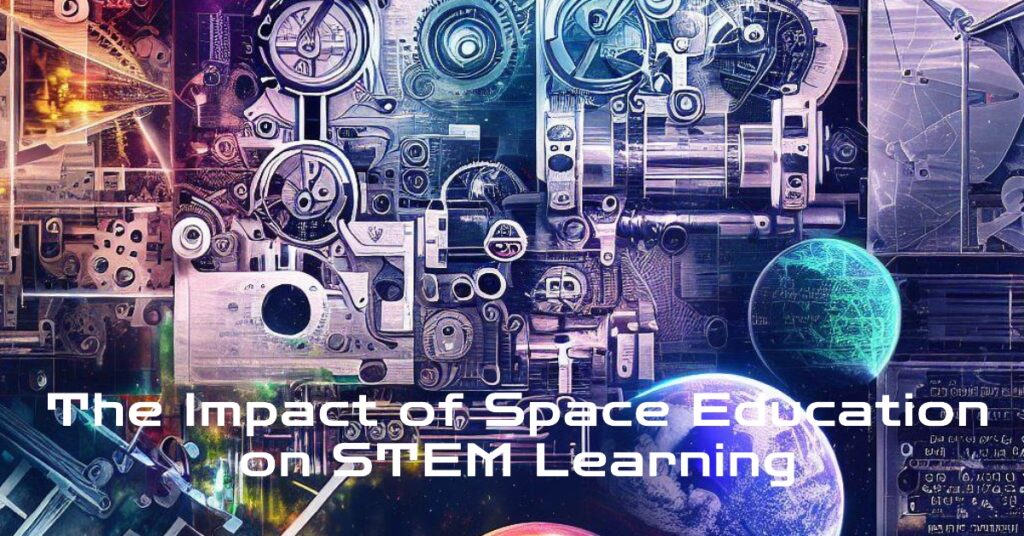The Impact of Space Education on STEM Learning
Space education plays a vital role in shaping the future of STEM (Science, Technology, Engineering, and Mathematics) learning. By integrating space-related concepts and activities into educational programs, space education inspires and empowers students to explore the wonders of the universe while fostering their passion for STEM subjects. In this article, we will explore the profound impact of space education on STEM learning and the benefits it brings to students.
1. Sparking Curiosity and Inspiring Exploration

Space, with its vastness and mysteries, captivates the imagination of students. Space education serves as a catalyst, igniting curiosity and inspiring a sense of wonder. The fascinating aspects of space, such as celestial bodies, galaxies, and space missions, stimulate students’ interest and encourage them to explore further. This initial spark of curiosity sets the stage for a lifelong love for STEM learning.
2. Real-World Relevance and Contextual Learning
Space education bridges the gap between theoretical concepts and real-world applications. It provides students with a tangible and meaningful context for learning STEM subjects. By exploring space-related topics, students gain a deeper understanding of scientific principles, technological advancements, engineering design, and mathematical problem-solving. The connection between space and STEM subjects makes learning more relevant and engaging for students.
3. Interdisciplinary Connections and Collaborative Learning
Space exploration is a multidisciplinary endeavor, requiring expertise from various STEM fields. Space education encourages interdisciplinary connections and collaborative learning. Students engage in projects and activities that involve teamwork, communication, and the application of knowledge from different disciplines. This interdisciplinary approach mirrors the collaborative nature of space missions and prepares students for future STEM careers.
4. Critical Thinking and Problem-Solving Skills
Space education cultivates critical thinking and problem-solving skills in students. Space-related activities often involve analyzing data, conducting experiments, and finding innovative solutions to challenges. Students learn to think critically, evaluate evidence, draw conclusions, and communicate their findings. These skills are crucial for STEM fields, where the ability to analyze complex problems and think creatively is essential.
5. Hands-On Experiences and Practical Learning

Space education emphasizes hands-on experiences and practical learning. Students have the opportunity to participate in activities such as building and launching model rockets, designing experiments, and simulating space missions. Through these hands-on experiences, students apply their knowledge in a practical setting, enhancing their understanding of STEM concepts and developing skills such as teamwork, problem-solving, and project management.
6. Technological Literacy and Digital Skills
Space missions rely heavily on advanced technologies and data analysis tools. Space education promotes technological literacy and digital skills among students. By engaging in space-related projects, students learn to use technology for data collection, analysis, and visualization. They become familiar with software and hardware utilized in space exploration, equipping them with valuable digital skills that are highly sought after in the STEM workforce.
7. Inspiration for Future Careers
Space education serves as a source of inspiration for students considering future careers in STEM fields. By exposing students to the wonders of space, they develop a passion for exploration, innovation, and scientific inquiry. Space education provides a glimpse into the vast array of career opportunities in areas such as astrophysics, aerospace engineering, planetary science, and more. It motivates and prepares students for fulfilling careers in STEM disciplines.
Space education has a profound impact on STEM learning. By sparking curiosity, providing real-world relevance, fostering interdisciplinary connections, cultivating critical thinking skills, offering hands-on experiences, promoting technological literacy, and inspiring future careers, space education propels students on a path of lifelong STEM exploration. As educators and stakeholders, let us embrace the transformative power of space education and empower the next generation of scientists, engineers, and innovators to reach for new heights. Through space education, we can nurture a generation of problem solvers and visionaries who will tackle the complex challenges of our world and beyond.
By integrating space education into our STEM programs, we unlock the potential for students to engage with the wonders of the universe and apply their knowledge to real-world situations. As we encourage their curiosity and inspire a love for learning, we pave the way for a future where scientific breakthroughs, technological advancements, and innovative solutions flourish.
Let us embrace the transformative power of space education and ignite a passion for STEM learning in every student. Together, we can shape a brighter future where the boundaries of knowledge are pushed further and the limitless possibilities of space become the launching pad for their dreams.

C M, a seasoned editor, journalist, and consultant, is deeply fascinated by the convergence of technology, space, and the future of humanity.
With a particular interest in transhumanity, futurology, and the philosophical and ethical dimensions of these domains, C M serves as the lead contributor to SpaceSpotlight and TranscendSphere.
When not penning insightful articles on these rapidly evolving fields, C M indulges in their love for podcasts and books, proudly embracing their status as a ‘Happy Nerd Extraordinaire!’



